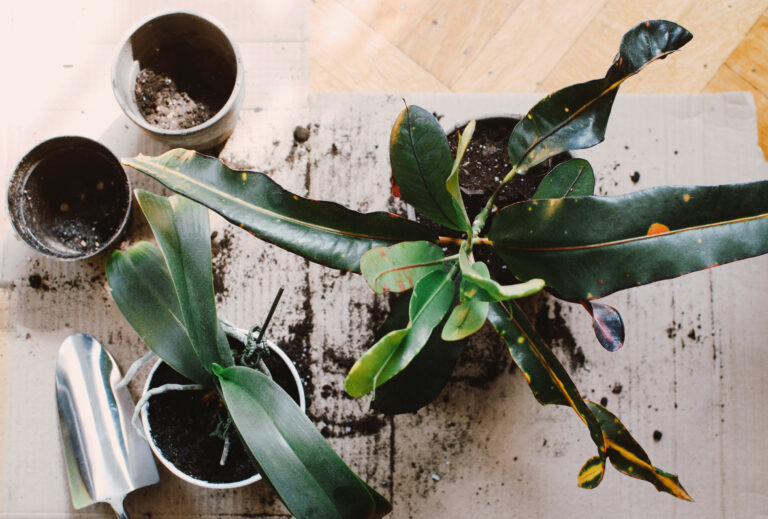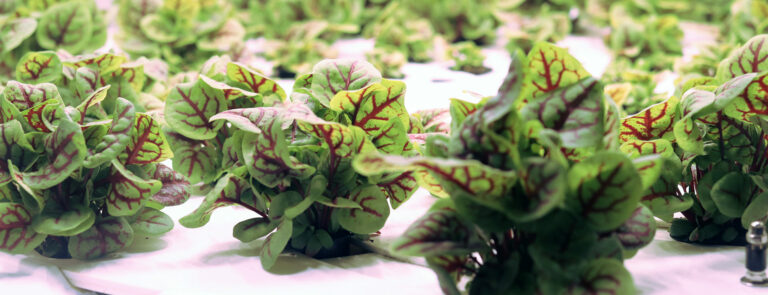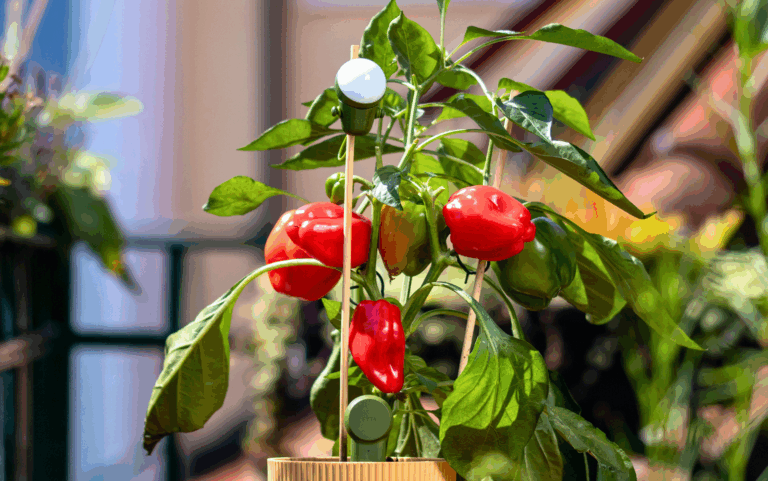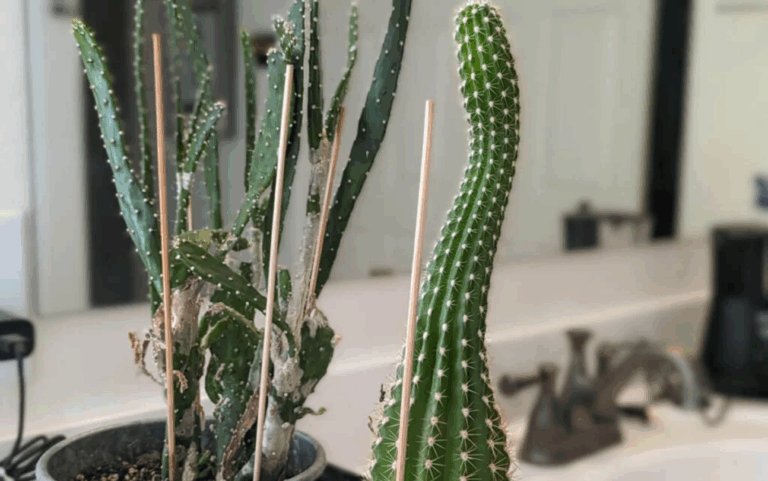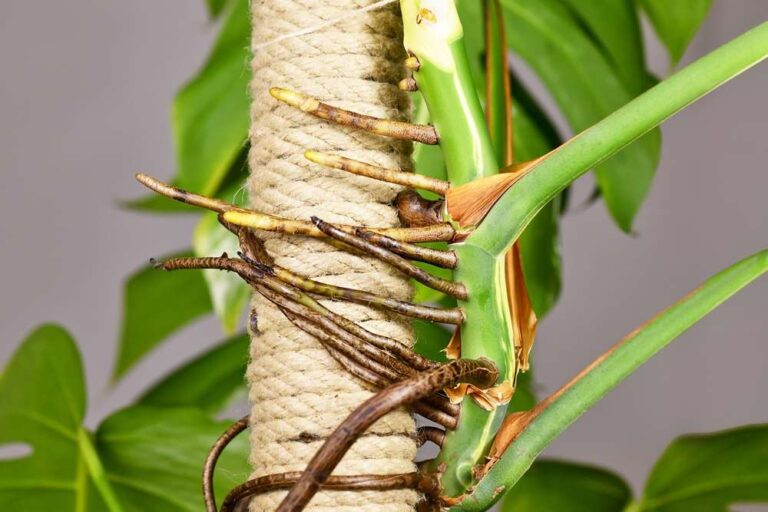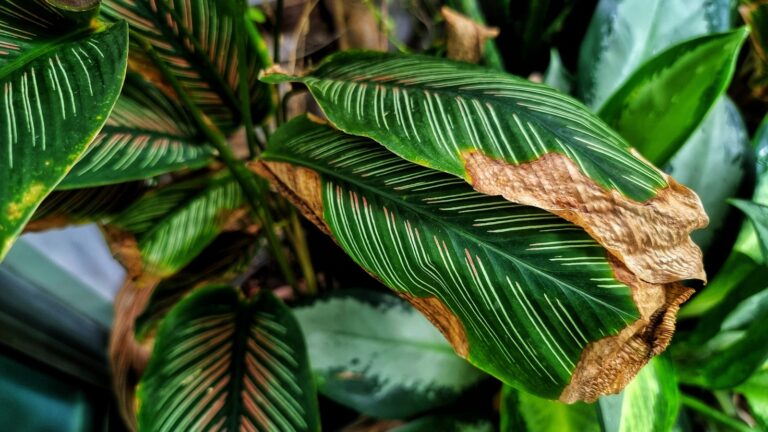BUG OFF: A LOOK AT THE MOST COMMON HOUSEPLANT PESTS
Although plants are diplomatic and amiable like no other, they regularly face enemies that get to their chlorophyll kidneys. We’re talking about, you guessed it, bugs.
Bugs and plants have coexisted for much longer than we humans can remember. They have evolved virtually in parallel and have always exerted a mutual influence on each other. For example, the respective developments are mainly due to the other organism. As a result, it is not only friendly insects, i.e., the classic pollinators, that have influenced the spread of plants. We also should thank parasites for being responsible for the evolution of plant defense strategies! Here are a few textbook examples:
Conifers, for example, secrete certain resins to protect themselves from insect feeding. Cacti, in turn, developed their leaves into practical thorns over time to defend themselves against the appetites of various animals. Other defensive examples include essential oils secreted by plants to prevent infestation and feeding damage. Dense hairs on the leaf stalk or the upper or lower side of the leaf are also clever innovations from evolution. They prevent certain insects from getting too comfortable and causing damage with their sucking tools.
„All stops are pulled out in pest defense, whether essential oils, resin, down, or hair and thorns. There’s even luxury fur for begonia babies.“
That being sad, now to the tragic news:
One or two defense strategies say goodbye when plants are brought into our living rooms from their natural environment. For example, if your plants look like someone has blow-dried them on the highest setting for several hours, there is not necessarily a lack of water. Especially if you’re already experienced in your watering routine. It could also be a pest infestation that wasn’t caught in time. And you are not to blame! Damage caused by care errors, plant diseases, and bugs are often not recognizable at first glance and are difficult to distinguish from each other – even for professionals. The first thing to do is to observe the individual parts of the plant closely to determine what is going against the grain.
To make it a little easier for you, we have put together a few signs that will help you to recognize an infestation. (Btw: You will find the respective characters and symptoms of the most common bugs in the individual descriptions).
„All stops are pulled out in pest defense, whether essential oils, resin, down, or hair and thorns. There’s even luxury fur for begonia babies.“
- A sticky film or sticky droplets: So-called honeydew is excreted by certain bugs and provides a super breeding ground for fungal diseases—a classic lose-lose situation.
- Leaf discoloration: Any new color a leaf exhibits can indicate a pest infestation, fungi, and viruses. A black, sooty coating is a type of mold. This fungus loves to show up right where bugs are secreting their honeydew—dinner time
- Curled or misshapen plant parts: If you’ve watered adequately, your plant is in the best location for it, and it still starts to go haywire; that’s a red flag that something is wrong. Again, some bugs may be responsible for this morphological change to appear.
- Spider webs, webs: It also becomes problematic when clear signs of spider mites are visible on and between the leaves when spraying. In that case, you can see small white dots in the web with the naked eye – these are the spider mites. A standard spider web looks different and does not harm your plant.
- Mosquitoes: If you poke your plantlet and small black flying dots suddenly appear, there is a relatively high chance that they are gnats.
- Tiny dots, bumps, elevations: These are almost certainly bugs! Whole clusters or colonies of aphids are easily recognizable, as are other types of louse when they have already reached a specific size. However, since many bugs live in hidden places or lay their eggs there, always take a look at the undersides of the leaves! Your plant will thank you for it.
THE 10 MOST COMMON PLANT BUGS
- Scale insect
- Spider mite
- Fungus gnats
- Mealybugs
- Thrips
- Springtail
- Whitefly
- Broad mites
- Aphids
SCALE INSECT
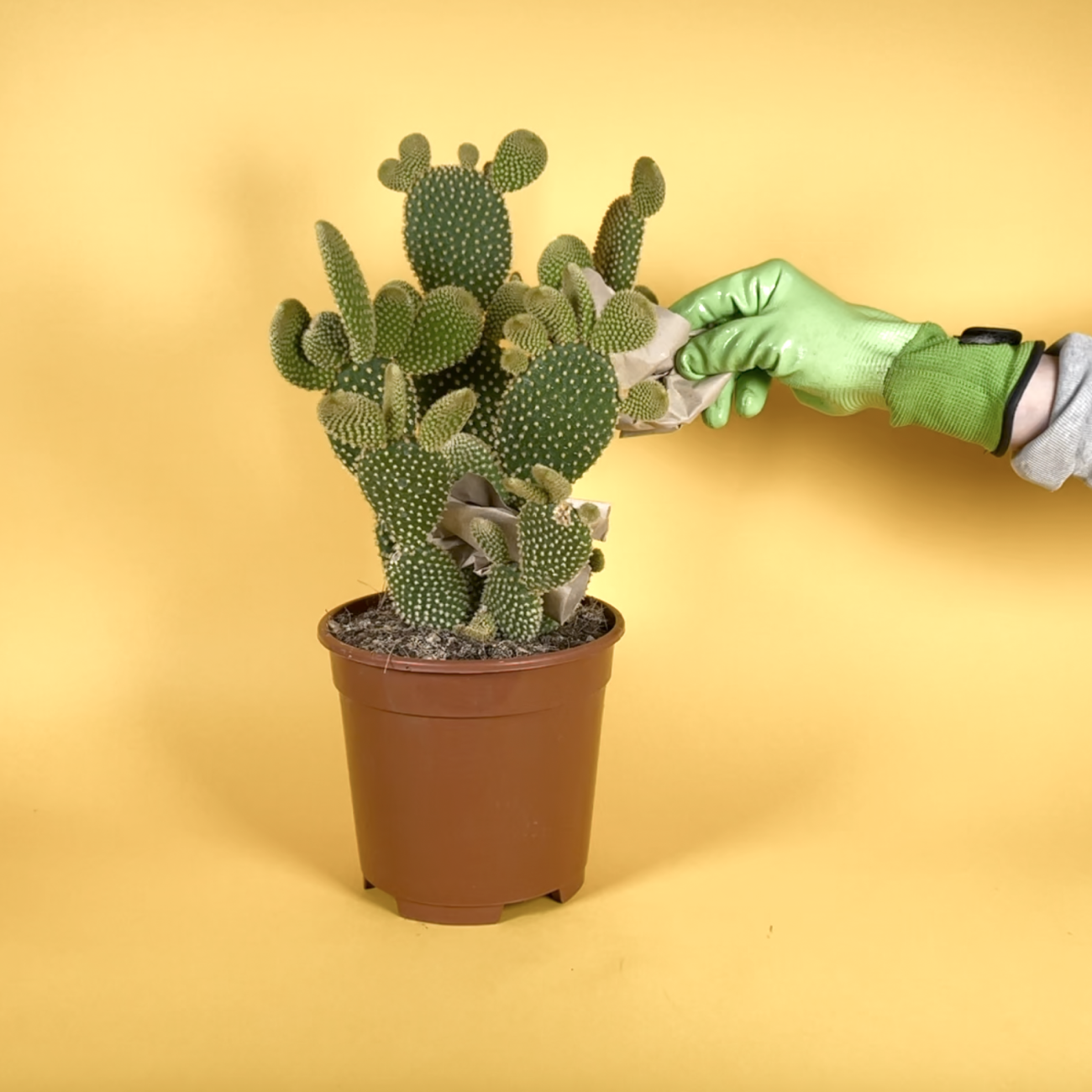
Recognize
Like other plant aphids, scale insects are equipped with a stinging proboscis. It looks pretty cool, but it can be a real problem for your plant. They use it to suck up energy-rich plant sap, weakening your green buddy. For this reason, scale insects rightly belong to the category of plant pests. Especially since they have long been a problem for houseplants. You’ll recognize scale insects as small, orange-black, flat insects that cling to the leaf. They usually sit on the plant stems and have a rounded dorsal carapace. Scale insects especially like to choose orchids, palms, fici, citrus trees, and oleander as host plants. Heavy infestation usually occurs in winter and spring when the plants are weakened by poor site or light conditions. Then the 0.8 to 6 mm large-scale insects multiply like rabbits and become a real nuisance for the affected plant. They like to hide at their leaf bases, leaves’ underside, and other hard-to-reach places on the plant. This does not necessarily make finding the scale insects easier and requires a watchful eye.

Damage pattern
A sure sign of a scale insect infestation is honeydew. It is named after its consistency and has, unfortunately, little to do with the enjoyment of honey. That is, for us humans at least. Like aphids, the female scale insects also produce the sugar-rich honeydew, which quickly gums up entire leaves. This, in conjunction with the immobile scale insects and the characteristic dorsal shield, is a sure sign of an infestation. Scale insects love company and often appear in colonies. That is why many pustule-like formations, concentrated in one place, are an unmistakable identifying feature. In addition, when a scale insect infestation occurs, the affected areas of the plant turn yellow. The leaves curl and fall off fairly quickly. Likewise, your houseplant appears to have turned dark to blackish.
SPIDER MITES

Recognize
They’re hard to find – masters of camouflage, if you will. Since these tiny insects range from 0.25 to 0.8 mm and often have translucent bodies, it’s not surprising. It is usually the delicate webs and damage of the spider mites on the leaves that are first noticed. Depending on the type of mite, they are different colors. Often, they are green or yellow to orange-red. They live under the leaves and feed on the plant sap.

Damage
Spider mites are recognizable at the latest by the sucking damage, which appears in the form of small yellow- or silver-colored leaf spots. The leaves also become lighter and look like after a marathon run: limp. A clear identification mark is mainly the delicate webs with small white dots (spider mites) on the leaves’ underside and branches. Over time, the leaves of the plant begin to curl up. Once that happens, they dry out and fall off. Young plants do not endure this for long and find themselves in plant heaven sooner than they would like.
Control and prevention
Spider mites like it best the way we like our clothes in winter: warm and dry. Especially the heating season and the warm summer months are very convenient for them. Healthy plants can defend themselves to a certain extent. However, weakened plants are proverbial snacks and easy prey for sucking insects.
Increase humidity: High humidity is suitable for respiratory systems and plants, making it difficult to get a foothold for spider mites.
How do I increase the humidity? You can spray your plants regularly with water, put water bowls on the heater, or you can organize a humidifier.
Clean leaves: You can nip any spider mites in the bud by regularly washing down your plant or wiping the leaves with a damp cloth.
Spider mites like it best the way we like our clothes in winter: warm and dry. Especially the heating season and the warm summer months are very convenient for them. Healthy plants can defend themselves to a certain extent. However, weakened plants are proverbial snacks and easy prey for sucking insects.
Increase humidity: High humidity is suitable for respiratory systems and plants, making it difficult to get a foothold for spider mites.
How do I increase the humidity? You can spray your plants regularly with water, put water bowls on the heater, or you can organize a humidifier.
Clean leaves: You can nip any spider mites in the bud by regularly washing down your plant or wiping the leaves with a damp cloth.









